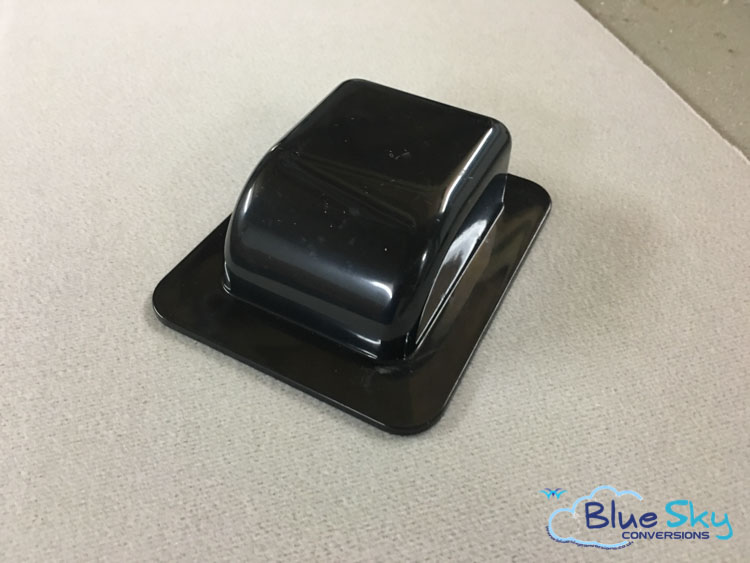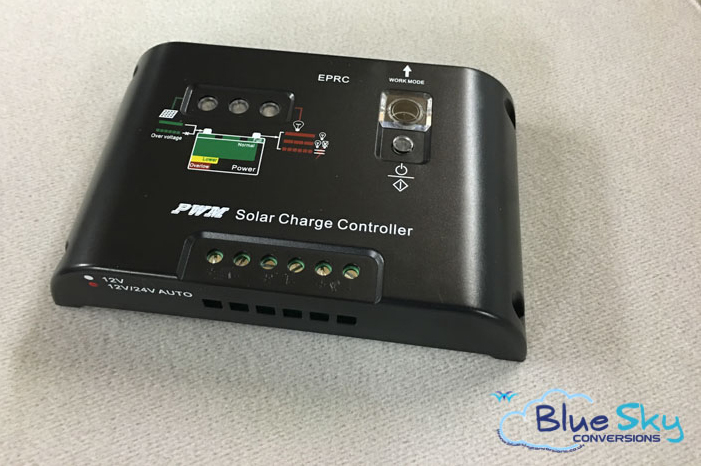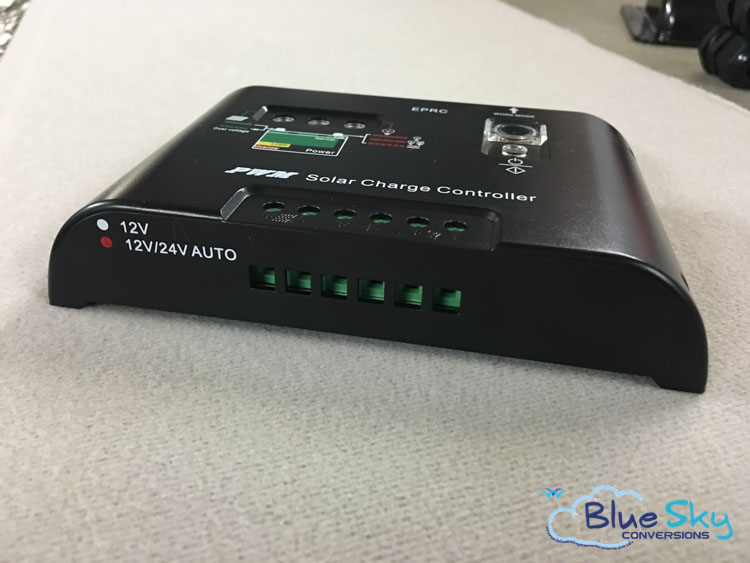Solar Panels & Solar Power
Having solar power is now affordable and essential at your camping location if a mains hookup is not available.......

OVERVIEW
Solar panel technology and advanced manufacturing techniques means that the addition of solar power and availability of ‘free’ electrical power for your campervan is both possible, practical and affordable. It means for the first time that your leisure power will last much longer than the average 1-3 days (where a mains hook-up is not available), to almost unlimited time (providing favourable weather conditions prevail).
Solar panel power outputs range from 60 watts to an impressive 250 watts. This equates to an average of 4 amps of 12 volt DC power (for a 60 watt solar panel) and 20 amps (for a 250 watt solar panel) respectively on a mixed overcast/sunny day.
SEMI-FLEXIBLE THIN FILM SOLAR PANELS
The image to the right shows a 100 watt semi-flexible solar panel.
The semi-flexible format ensures that the panel follows the shape of the original roof or pop-top roof. The thin format (1.5mm thick) ensures that the solar panel cannot easily be seen from ground level.



INSTALLATION
The standard installation method is a combination of 6mm stainless bolts, rubber washer and captive nyloc nut. Panel edges are fixed with 3m tape and the front of the panel is sealed with Sikaflex to prevent airflow under the panel. On certain applications, the panel can be bonded to the roof with Sikaflex.
The panels are fitted with potted +ve and -ve thick wall cables and waterproof quick connectors.
A sealed cable entry enclosure is bonded to the roof to ensure that moisture cannot enter through the roof.
SOLAR POWER MANAGEMENT
The solar panel electrical output has a voltage that is proportional to the amount of natural light falling on it. I order to ensure the output is regulated to 12 volts, a solar panel power controller is required. The image to the right shows a typical controller.
This controller has a 10A maximum output which is suitable for a 100 watt panel. The panel is connected to the controller input terminals and the output connections are for wiring to the leisure battery system.
LED lamps on the unit indicate solar panel health/output and the charging status of the battery i.e. charging/charged. The output can be turned off if required or for maintenance.



